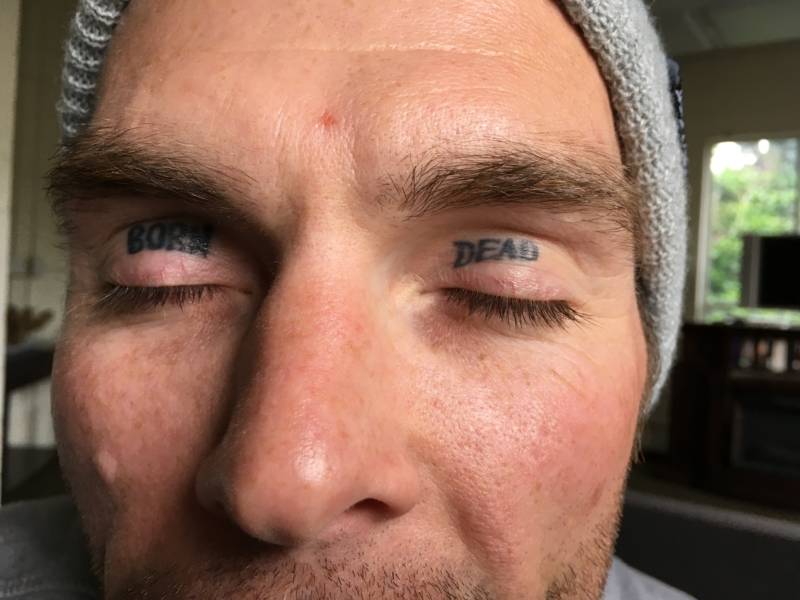San Francisco was afraid of this. It considered a rule that said people who wanted to come here for treatment had to establish residency in the county first. That can take 60 days.
Treatment providers flipped.
“They could die! They could literally die between today and tomorrow,” says Vitka Eisen, CEO of HealthRIGHT 360, which has been testing the new Drug Medi-Cal program at its treatment centers in San Francisco for two years.
“A person who comes in for substance use disorder treatment today needs it today,” she says. “Because if they don’t, if we put any barrier up, they’re not going to get that treatment. What they might do is go around the corner and use drugs.”
In the end, San Francisco decided to admit people from other counties into residential treatment right away, as long as they agree to transfer their Medi-Cal benefits from their home county to San Francisco. But the state doesn’t pay until the transfer goes through, leaving San Francisco on the hook for those bills during the 60-day interim.
It’s unclear if other counties in a similar position will be that generous.
